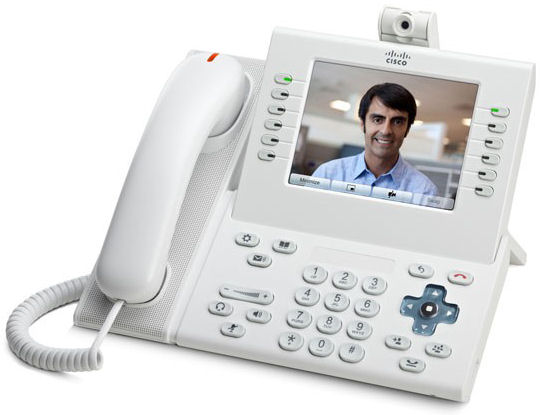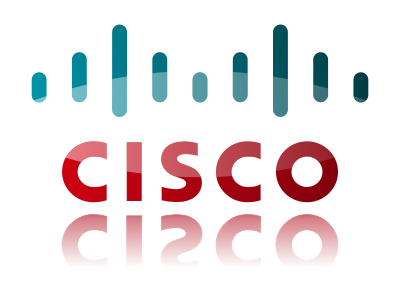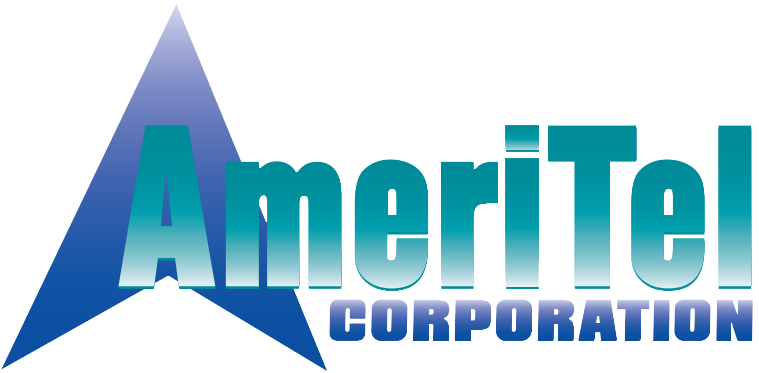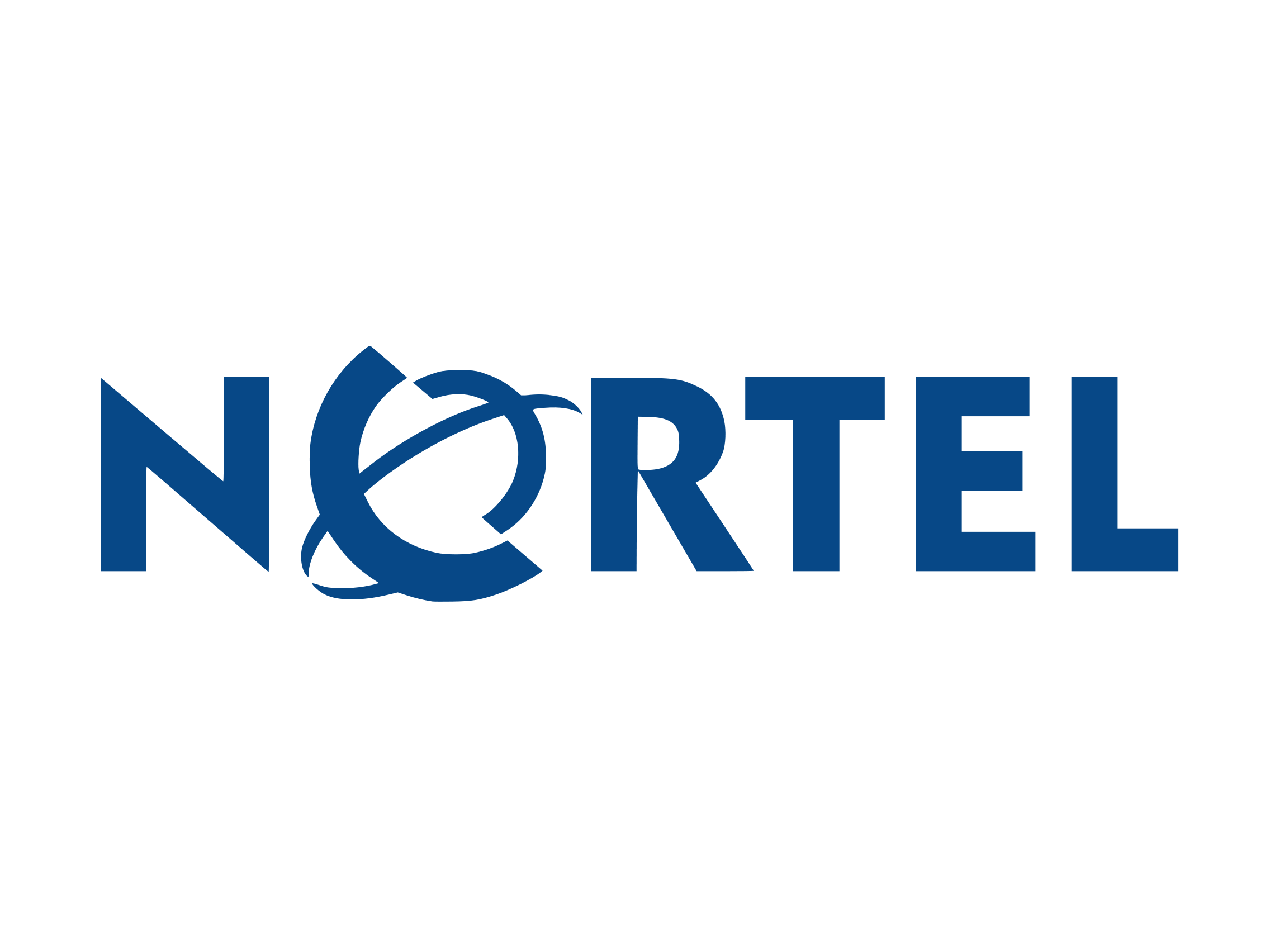

Cisco 9900 Series IP Phones
Cisco 9951 IP Phone Features and Benefits
● Newly developed industrial design and user experience designed
for use with its VGA display
● H.264 video support for 2-way standard definition calling with USB
support for - the Cisco Unified IP Camera
● Gigabit Ethernet network connectivity and switch port available for
a downstream PC
● Embedded Bluetooth radio and 2 USB ports for headsets and the
camera
● Firmware support for XML applications
Cisco IP Phone 9951 Hardware
Ergonomic Design
Highly usable and intuitive arrangement of lines, features and calls. Transfer, Conference and Hold appear on hard keys to reduce the number of presented softkeys to a maximum of 4 per call state.
Customization
This model can be ordered as Arctic White or Charcoal Gray. Handsets are available internationally as slimline (5oz, 140g) or standard (6oz, 170g) and can be mixed and matched between users within the same work environment to enable a feeling of customization and ownership among the users.
Display
VGA presentation for calling, video calling and applications. 5-inch (10 cm) graphical TFT color display, 24-bit color depth, 640 x 480 effective pixel resolution, with backlight. Display also supports localization requiring double-byte Unicode encoding for fonts.
Ethernet
Internal 2-port Cisco Ethernet switch allows for a direct connection to a 10/100/1000 BASE-T Ethernet network through an RJ-45 interface with single LAN connectivity for both the phone and a colocated PC. System administrator can designate separate VLANs (802.1Q) for the PC and phone, providing improved security and reliability of voice and data traffic.
Bluetooth
Mobility for headset users within 30 feet of their desktop to enable the freedom to go to the printer, a colleague’s desk or nearby private location while on a call. The 9951 supports the Hands-free and Headset Bluetooth profiles.
USB
2 USB ports accelerate the usability of call handling and applications by enabling accessories such as the Cisco Unified IP Camera, wired and wireless headsets.
External Audio Ports
General Purpose Audio In and Audio Out ports enable a relaxed speakerphone experience over external speakers and microphone.
5 Lines Expanding to 77 with 2 Key Expansion Modules
The convenience of many speed dials or programmable features, or the necessity of following the activity of many lines. Up to 200 calls supported per device.
Buttons
5 feature buttons with state indicating LEDs
5 call session buttons with state indicating LEDs
Applications, Directories, Voicemail
Conference, Transfer, Hold
Volume Up/Down
Back-lit Mute, Speakerphone, Headset
Back, End Call, 5-Way Navigation Pad
Arabic keypad (only available through unique SKUs.)
Mobility for headset users within 30 feet of their desktop to enable the freedom to go to the printer, a colleague’s desk or nearby private location while on a call. The 9951 supports the Hands-free and Headset Bluetooth profiles.
USB
2 USB ports accelerate the usability of call handling and applications by enabling accessories such as the Cisco Unified IP Camera, wired and wireless headsets.
External Audio Ports
General Purpose Audio In and Audio Out ports enable a relaxed speakerphone experience over external speakers and microphone.
5 Lines Expanding to 77 with 2 Key Expansion Modules
The convenience of many speed dials or programmable features, or the necessity of following the activity of many lines. Up to 200 calls supported per device.
Buttons
5 feature buttons with state indicating LEDs
5 call session buttons with state indicating LEDs
Applications, Directories, Voicemail
Conference, Transfer, Hold
Volume Up/Down
Back-lit Mute, Speakerphone, Headset
Back, End Call, 5-Way Navigation Pad
Arabic keypad (only available through unique SKUs.)
Cisco 9951 IP Phone Accessories
Key Expansion Module
Available separately, enables advanced use of lines, speed dials and features.
Cisco Unified IP Camera for 9951 IP Phone
Available separately, enables 2-way video calling between phones or to a media conference unit.
Headset Support
Integrated design & advanced, updateable firmware for Jawbone ICON for Cisco Bluetooth headset which also works with all major mobile phone models.
Also supports standard Bluetooth and USB headsets supported via the hands-free and headset Bluetooth profiles.
Wideband analog headset support also provided via a dedicated RJ9 headset port on the rear of the phone.
Key Expansion Module
Available separately, enables advanced use of lines, speed dials and features.
Cisco Unified IP Camera for 9951 IP Phone
Available separately, enables 2-way video calling between phones or to a media conference unit.
Headset Support
Integrated design & advanced, updateable firmware for Jawbone ICON for Cisco Bluetooth headset which also works with all major mobile phone models.
Also supports standard Bluetooth and USB headsets supported via the hands-free and headset Bluetooth profiles.
Wideband analog headset support also provided via a dedicated RJ9 headset port on the rear of the phone.
Unified Communications Manager Support
Product Specifications
Cisco Unified Communications Manager version 7.1(3a)SU1 or later.
Some features require more recent version of UC Manager and
Dev Pack support. Please check the release notes for more information.
● Survivable Remote Site Telephony (SRST) version 4.3 or later.
● CME 8.6 or later
Licensing
Phone licensing is dependent on the call control platform and its policies. For the Cisco Unified Communications Manager, the 9951 requires 4 Device License Units (DLUs) or an Enhanced IP User Connect License for UCM release 7.1(5) or later.
Product Specifications
Cisco Unified Communications Manager version 7.1(3a)SU1 or later.
Some features require more recent version of UC Manager and
Dev Pack support. Please check the release notes for more information.
● Survivable Remote Site Telephony (SRST) version 4.3 or later.
● CME 8.6 or later
Licensing
Phone licensing is dependent on the call control platform and its policies. For the Cisco Unified Communications Manager, the 9951 requires 4 Device License Units (DLUs) or an Enhanced IP User Connect License for UCM release 7.1(5) or later.
Cisco 9951 IP Phone Firmware
New User Experience
Advanced organization of lines, speed dials and programmable features separate from call appearances. Great for those who make few calls per day, better for those who handle dozens of calls per hour.
SIP Signaling
SIP interoperation with the call control and partner applications enables a rich unified communications solution.
Application Support
XML applications provided by Cisco’s application development partners or customers’ own development staff.
Cisco Unified IP Phones
Cisco IP Phone 9951 Accessories, sold separately, include a standard definition USB camera, Jawbone ICON for Cisco Bluetooth headset, color Key Expansion Module plus support for Bluetooth, USB devices. Application support includes XML capabilities.

Cisco 9951 Series
Cisco 9951 Series IP Phones
Delivers easy-to-use, highly secure voice communications.
The Cisco Unified IP Phone 9951 is an executive class collaboration endpoint that provides voice, video, applications and accessories. The 9900 Series / 9951 Unified IP Phone Highlights include Gigabit Ethernet, Wideband Audio, Color Display along with a new industrial design and user interface designed for simplicity and high usability.

Office: 727-518-9627 | Toll Free: 800-881-3848 | Fax : 727-518-9307

Cisco Phone Systems
Cisco IP Phones
Everywhere you are, wholesale telecom gear
Communication Solutions
Please contact AmeriTelCorp.com for information about Supplies and Replacement Parts






